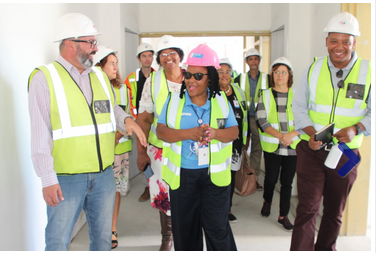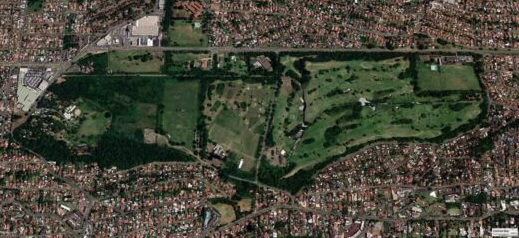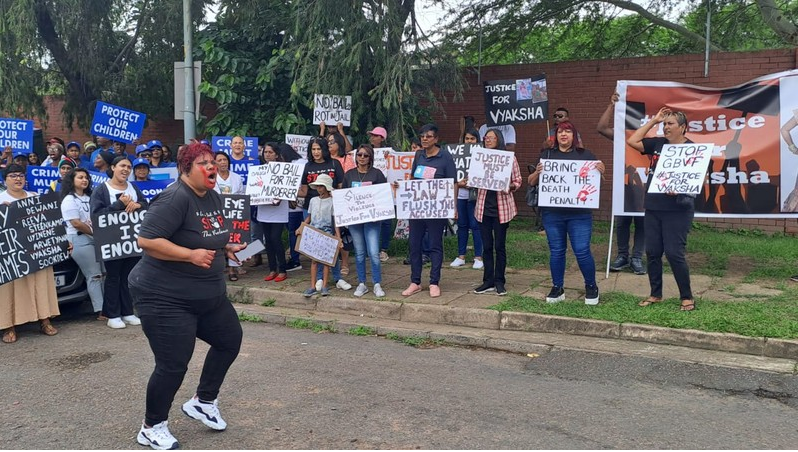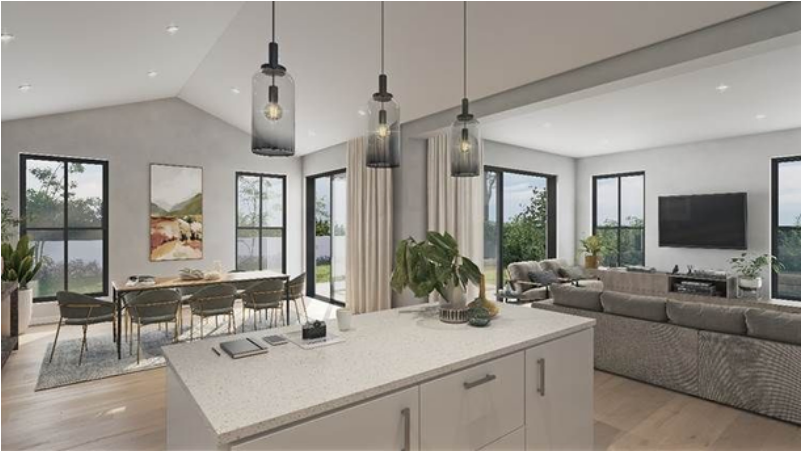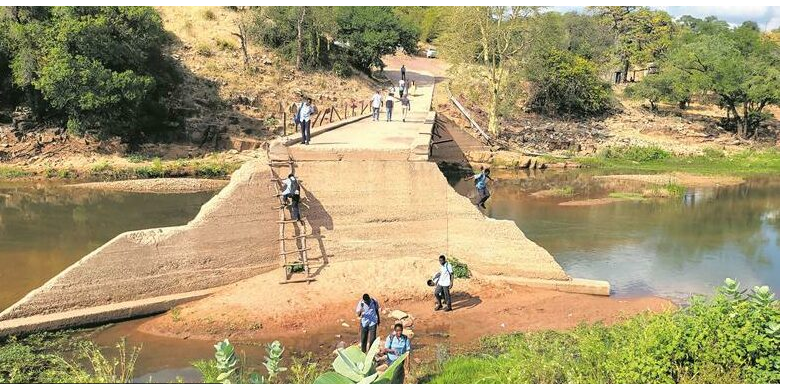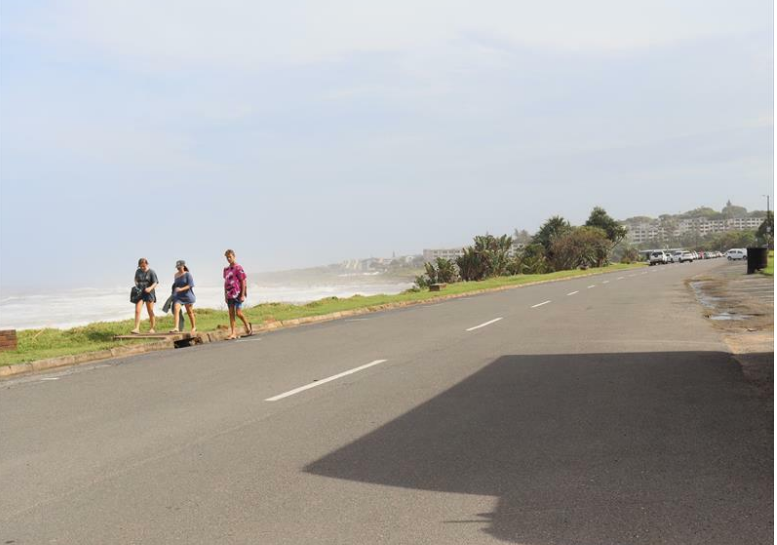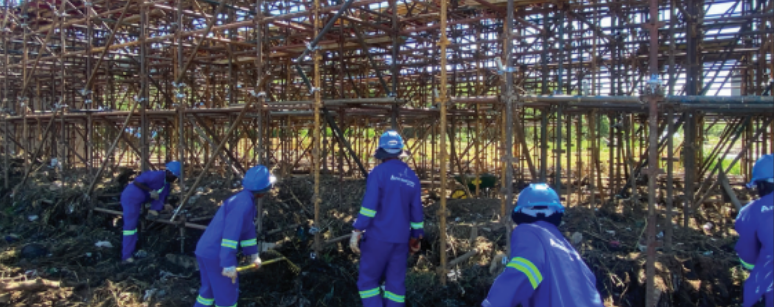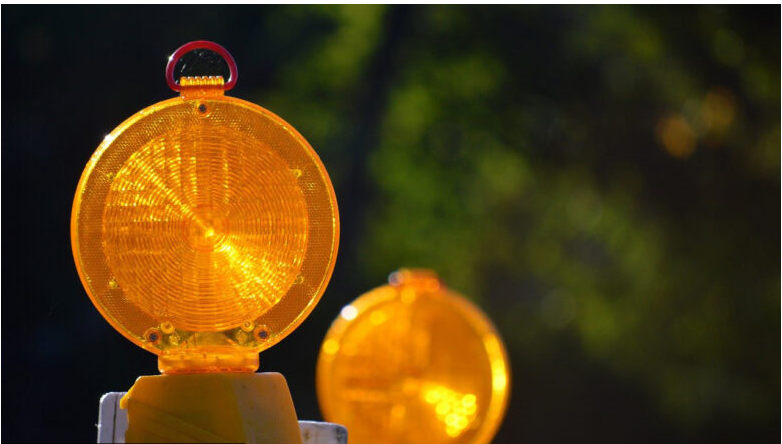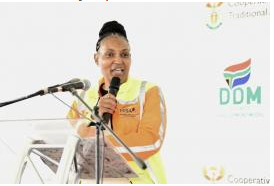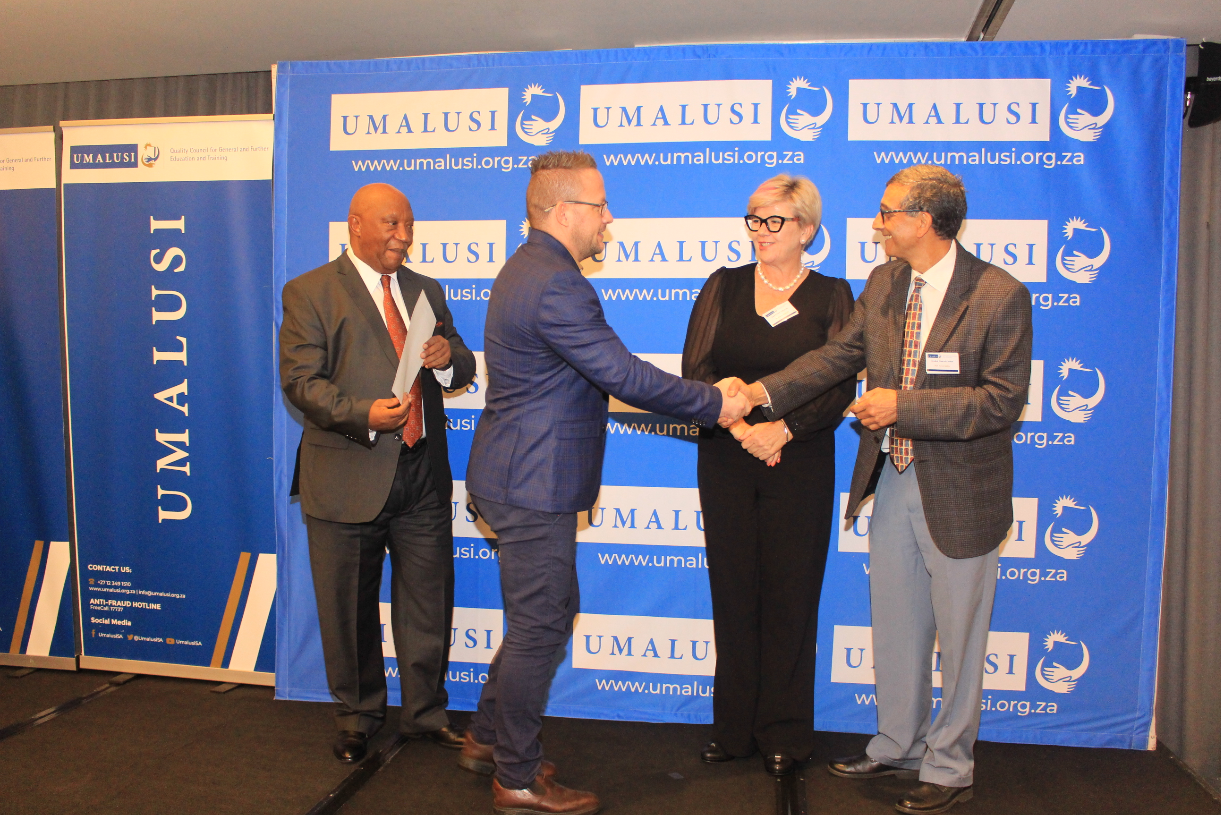Red tape and political wrangling stymie SA's solar power projects
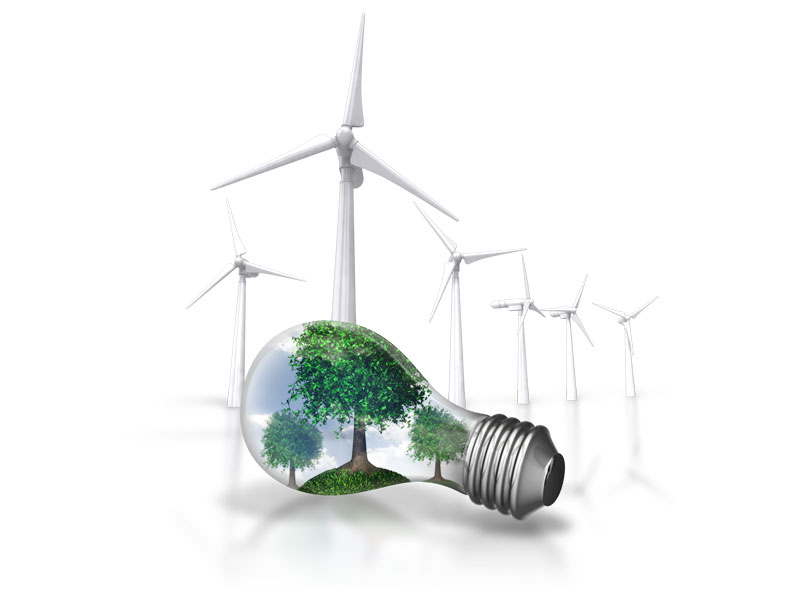
23-04-2019
Read : 88 times
Fin24
Source
Applications to generate more than 1000MW of small-scale solar power are sitting on the desks of the authorities but red tape and “political wrangling” are holding up the process of getting this new electricity onto the grid.
This is equivalent to just over half the electricity capacity of Koeberg Nuclear power station.
Experts say this clean energy would not only bring some financial relief to sectors such as agriculture, which cannot pass on the 380% electricity tariff increase over the last 10 years to the consumer, but would also be a buffer against Eskom’s rolling black-outs that cost the economy billions.
Now some businesses and farmers are threatening legal action against the National Energy Regulator of South Africa (Nersa) in an attempt to get the go-ahead to generate power.
Davin Chown, chair of the SA Photovoltaic Industry Association (Sapvia), said at the heart of the matter was a lack of agreement between Nersa and the Department of Energy on the process for authorising small-scale embedded electricity generation (SSEG).
'Political Wrangling'
“It’s hampering all applications. I know there are more than 1000MW of projects sitting on Nersa’s desk. There is nothing stopping you registering your project with Nersa, although it takes a long time and is expensive, but the real issue is when you get all that done, you still need a ministerial determination. The minister has got to say: ‘Yes, this can go ahead’. Then you need a generating licence, and not all the authorities have agreed on this licensing process, so you can’t get through all the hoops. That is the big hold-up,” Chown said.
Chown said “political wrangling” between the authorities was a significant impediment. Energy Minister Jeff Radebe needed to step in.
“The Minister needs to sign-off these projects and just get it done. Had this been done properly, that extra power would have made Eskom’s life a lot easier by giving them a safety margin. So the net effect would be that a Stage 4 load-shedding could have been a Stage 3 instead.”
Chown said the entire authorisation process of small-scale embedded generation was far too onerous and expensive, which was fine for big renewable energy projects, but not for those that were small.
Farmers and solar power
Organised agriculture, Agri-SA, says there are 500 applications from farmers wanting to generate solar power, which has the potential to contribute 1400MW to Eskom’s electricity grid.
However, because of “the bottleneck with Nersa” and “Eskom’s slow processing and administration of applications, as well as the slow implementation of the electricity regulations”, Agri-SA says just 13 solar power projects of the 500 are up and running.
Nicol Jansen, the organisation’s chair of economics and trade, said it took three and a half years to get one application through the system.
“If we take all the applications for plants that we know of, that could generate 1400MW of power which could prevent Stage 1 of Eskom’s load-shedding. It would also help Eskom because it is running those open gas cycle turbines 24/7 to stop load shedding and the cost of that diesel is enormous. It would also help farmers who have seen electricity go up from 25c a unit in 2008 to just over R1 in 2019 – that is a 380% increase,” Jansen said.
Eskom 'cant register the credits'
Once a small solar project got the go-ahead, it took just a few months to build and start generating power back into the grid. Jansen said another problem was that the few farmers who had managed to get solar projects authorised, had been unable to reap the financial benefit of selling power to Eskom, as Eskom had no billing system in place to register the credits.
“It costs about R20m to put up one of these solar plants, and farmers are really frustrated because they have to pay the costs to the banks. Some are suing their service providers – but it's not their fault – and some have taken legal action against Nersa. None has gone to court yet, and the lawyers are backwards and forwards with one step at a time. The whole thing is totally unacceptable,” Jansen said.
Asked to comment, Nersa spokesperson Charles Hlebela said Nersa had a registration process in place for SSEGs. Out of the 18 applications it had received for up to 1MW of power, 17 had passed the adequacy test, and were now going through Nersa’s internal approval process.
'Nersa has moved the goal posts'
Dr Requier Wait, the head of Agri-SA’s economics and trade section, said while it was true that Nersa had a registration process, the last time Nersa had issued registration letters to small-scale embedded generators was on March 1 in 2018.
“No registrations have been processed for the past 13 months, and as they indicate, the 17 applications are not yet finalised,” Wait said. Now it appears Nersa has moved the goal-posts. Wait said after the electricity sub-committee had approved the 17 projects on April 4 this year, Nersa should have issued registration letters.
Instead the sub-committee changed its mind about its own process and recommended that the 17 projects go before the energy regulator’s next meeting for “final approval”.
But, said Wait, the regulations were quite clear that the service provider – Eskom or the municipality – is the body to approve the application, and Nersa should simply register it.
Gordhan steps in
“Nersa might have a process, but at the first opportunity to follow this process they have already deviated from it,” Wait said. Last week, after five years of battling with the issue, Agri-SA secured a meeting with Public Enterprises Minister Pravin Gordhan last week.
Jansen said Gordhan had been “sympathetic” and said he would look into the matter.
“But it is the election in a few weeks and who knows if he will still be minister in the new government? And if there is someone new, we go back to square one. And all this time there is load-shedding because Eskom does not have enough electricity.”
Eskom confirmed that Nersa was responsible for registration and licensing for small and large generators, whether they applied to connect to the Eskom or municipal grid.
“In all cases the final connection to the national grid is dependent on Nersa either registering or licensing the connection,” Eskom said.
Recent News
Here are recent news articles from the Building and Construction Industry.
Have you signed up for your free copy yet?
